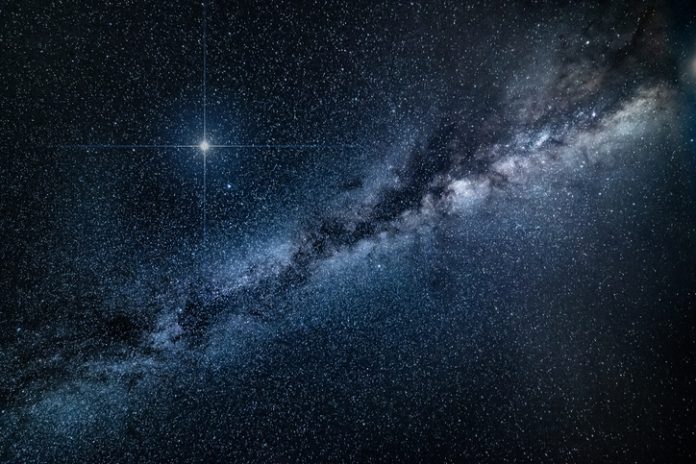Astrophysicists at the University of Copenhagen’s Niels Bohr Institute have shed light on a star that suddenly vanished from the sky
Their research on an unusual binary star system offers clear evidence that some massive stars can collapse directly into black holes without the dramatic explosion of a supernova.
The collapse of massive stars
Usually, as massive stars exhaust their nuclear fuel, they undergo a supernova explosion, ejecting vast amounts of energy and matter into space, leaving behind either a neutron star or a black hole. However, the new study suggests that stars with sufficient mass can avoid this exposed death.
Instead, their strong gravitational pull causes them to collapse inward, forming a black hole in a process known as a “complete collapse.”
Alejandro Vigna-Gómez, the study’s lead author, explains: “We believe that the core of a star can collapse under its own weight, as happens to massive stars in the final phase of their lives.
“But instead of the contraction culminating into a bright supernova explosion that would outshine its own galaxy, expected for stars more than eight times as massive as the Sun, the collapse continues until the star becomes a black hole.”
Binary star systems
This theory is supported by observations of the binary star system VFTS 243, located in the Large Magellanic Cloud. In this system, a massive star and a black hole, about ten times the mass of our Sun, orbit each other.
There is no evidence of a supernova explosion, which would have altered the orbit of the two objects. The lack of asymmetries in the system’s orbit suggests the black hole formed through a complete collapse.
Professor Irene Tamborra, a co-author of the study, highlights the significance of VFTS 243: “Our results highlight VFTS 243 as the best observable case so far for the theory of stellar black holes formed through total collapse. “
The discovery also offers a potential explanation for the mysterious disappearance of stars observed by astronomers in recent years.
According to Vigna-Gómez, witnessing a star undergo complete collapse might appear as if it suddenly extinguished and vanished, providing a reasonable scientific explanation for this phenomenon.











